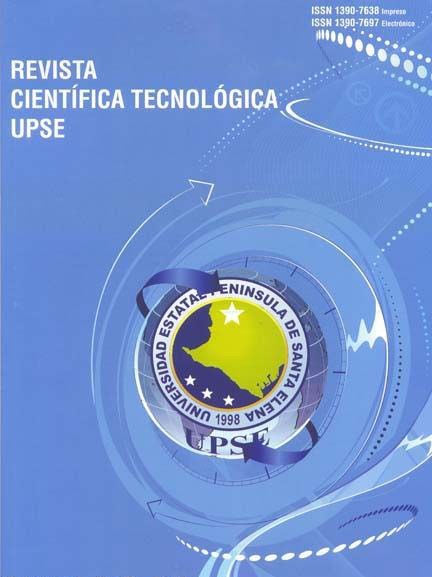Structural Analysis of Geological Faults and Potential Landslides in Anconcito, Santa Elena Province
DOI:
https://doi.org/10.26423/rctu.v1i2.20Keywords:
landslide, listric normal faul, Anconcito, Santa ElenaAbstract
The Anconcito coastal sector, located in south western Santa Elena province, is affected by short duration geologic phenomena induced by the coastal dynamics in the area: (1) undermining of coastal cliffs, block toppling and rockfall which occur in the Anconcito site mainly caused by the dynamics of the marine erosion, y (2) landslides of sandstone and siltstone strata are displacement through listric normal faults with right-lateral strike components. This structural analysis allow to define the dominant tectonic with transpressive displacement associated to extensional or normal strain. Landslide and block toppling is what happened on August 12, 2010 and April 7, 2011, directly affecting the “2 de Febrero” site and destroying electric nets, road and housing. The landslide volume could be roughly ca. 306.305 m3, this value is calculated by structural graphic based morphometric analysis and geological interpretation of digital terrain. Another factors that may increase the rate of sliding of landmasses is rainfall associated with El Niño and, local recurrence of earthquakes with moderate magnitude Mw ≈ 5 amplifications or the arrival of seismic waves from distant earthquakes with magnitudes greater than Mw> 7. In conclusion, Anconcito sector and chiefly in the “2 de Febrero” site should be subject to study in detail in order to establish proper techniques for the beach area recovery and construction of breakwaters that will reduce swells energy
Downloads
References
Baldock, J.W., 1982. Geología del Ecuador: Boletín de la explicación del Mapa Geológico de la República del Ecuador, Esc. 1:1,000,000. Min. Rec. Nat. Energ., Quito, 10., Quito.
Baldock, J. W. (1983), The Northern Andes: A review of the Ecuadorian Pacific Margin, in The Oceans Basins and Margins, edited by A. E. M. Nairn, F. G. Stehli, and S. Uyeda, Plenum Press, New-York and London, 181– 271.
Bristow, C.R., Hoffstetter, R., 1977. Lexique Stratigraphique, Amérique Latine. Ed. CNRS, Paris, Fas. 5–2, Equateur: 410.
IAEA Safety Standards Series (2002). Evaluation of Seismic Hazards for Nuclear Power Plants.Safety Guide. No. NS-G-3.3. International AtomicEnergy Agency.
Núñez del Arco E., Dugas F., Labrousse B. (1983). Contribución al conocimiento estratigráfico, sedimentológico y tectónico de la región oriental de la Península de Santa Elena y Parte del Sur de la Cuenca del Guayas (Ecuador) en base a 17 hojas geol[ogicasescala 1/50.000. Actas del III Congreso Ecuatoriano de Ingeniería, Geología, Minería y Petróleo, Guayaquil, v. IB., 33p.
Robert, G.P., Michetti, A.M. (2004). Spatial and temporal variations in growth rates along active normal fault systems: an example from The Lazio – Abruzzo Apennines, central Italy. Journal of Structural Geology 26, 339-376.
Sheppard, George. (1946). The geology of the Guayaquil estuary, Ecuador. Journal of the Institute of Petroleum, Institute of Petroleum, London, United Kingdom (GBR), Vol.32, no.272, pp.492-514.
SlemmonsD.Burton and Depolo Craig M. (1986). Evaluation of active faulting and associated hazards. Active Tectonics: Impacton Society, 45-62.
Downloads
Published
Issue
Section
License
El titular de los derechos de autor de la obra, otorga derechos de uso a los lectores mediante la licencia Creative Commons Atribución-NoComercial-CompartirIgual 4.0 Internacional. Esto permite el acceso gratuito inmediato a la obra y permite a cualquier usuario leer, descargar, copiar, distribuir, imprimir, buscar o vincular a los textos completos de los artículos, rastrearlos para su indexación, pasarlos como datos al software o usarlos para cualquier otro propósito legal.
Cuando la obra es aprobada y aceptada para su publicación, los autores conservan los derechos de autor sin restricciones, cediendo únicamente los derechos de reproducción, distribución para su explotación en formato de papel, así como en cualquier otro soporte magnético, óptico y digital.












